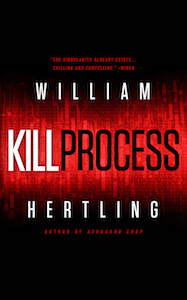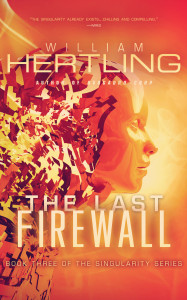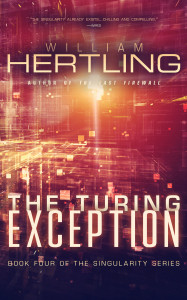That’s gotta hurt
Why wounding, maiming, and torturing your characters is good
Mike Shepherd Moscoe, Rory Miller, Burt Kemper, Adrian Phoenix
Orycon 34 – 2012
· It’s about realism in your characters. If they don’t get injured or heal too quickly, it’s not realistic.
· MM:
o Jack Devitt kills between 10 and 50 characters per book
o Mike kills anywhere between 100 and 1000
o John Henry kills a 1000 and up
o It’s important that it makes sense, that it contributes to the storyline
· AP:
o Author of two urban fantasy series
o Even though they are powerful characters, they are still emotionally and physically tortured and suffer.
· RM:
o Non-fiction writer
o (works for police department?)
· BK:
o Engineer. Professionally, done force protection work, ballistics, etc. Works in the military.
o Long term emotional, physical and spiritual damage is done to people, and that stays with them.
· RM:
o I tend to throw most books against the wall.
o There’s almost no way to engage in violence that is consequence free.
o Legs, eyes, ears, fingers, hands: they eventually no longer work the same.
o In fiction, there is a trope that characters emerge unscathed and unscarred.
o The patterns for warriors: they tend to keep doing what they do until they die or drink themselves to death.
· MM:
o Psychologically, we’re not permitted to kill humans.
o Until your not psychologically normal.
o There’s a small fraction that are intelligently capable of distinguish between the times when it is permitted to kill and not kill.
o The vast majority of us don’t have the programming to do that.
· RM:
o Some people who go out and kill professionally, they still have strong family relationships.
· BK:
o Women have different adrenaline cycles than men.
· RM: Male and females have different stress response:
o Men get angry quicker and let go of it quicker
o Woman get angry slower (still thinking logically longer), but stay angry or upset later. Crying is a way to release stress.
o Because of this, women can be trained to fight cold. They can think, plan, aim better, because they are not yet in a stress response.
· BK:
o If you’re ambushed and you spend time thinking, you’re going to be dead.
o If you respond automatically, because your training is instinctive, your chances are improved. (And specifically, it’s better to turn into an ambush.)
· MM:
o The characters that’s just been introduced – if they die, it’s somewhat meaningless.
o The character that’s lived through three books, that they care about, and who has to make a choice between his life and his wifes, and then dies… that’s gut wrenching.
o As a writer, you have to make characters that you care about die: it’s got to be serious.
· BK:
o Sometimes you have to roll the die and decide what characters to kill. Otherwise, as a writer, you’ll keep protecting them. Roll a die to choose who to kill. Let it reflect the randomness of life. Let the other characters grow as a result.
· RM:
o There’s no such thing as the one punch knockout and simple recovery. Anything that will do enough damage to knock someone out will be a concussion or worse: dizzy and puking for days, or repeatedly passing out.
o If people do pass out, they are people who weren’t ready to fight, and they just fainted from fear.
· MM:
o Post-traumatic stress can trigger at any point
· BK:
o Societal norms vary within a culture. And characters live in a culture. They don’t commit violence in a vacuum. They do it with support or without, etc. In our society, we’re traumatized by death. In other cultures, they are not.
· Pet peeves: poorly executed or unrealistic
o BK: explosions: there’s not normally flames. There’s just a shock wave.
o RM: use common sense: if you get shot in the shoulder, it’s going to hit something. It’s nearly impossible for a bullet to go through without hitting something.
o AP: Fight scenes that are fairly brutal and no one seems to get hurt. They should just be laying there and bleeding. Not getting back up.
o MM: I loved the battle of los angelos. They got the marines right: they didn’t bunch up. They used cover, etc.
§ You get slugged in the nose, and drove the nose bone into the brain. There is no nose bone.
o BK: Don’t single source. Use medical source, trauma sources, military sources. Double check. Read Rory Miller’s books.
 |
![]()
![]()






